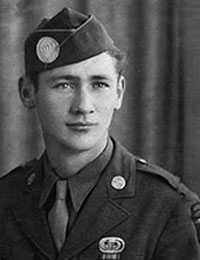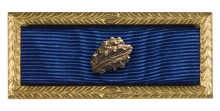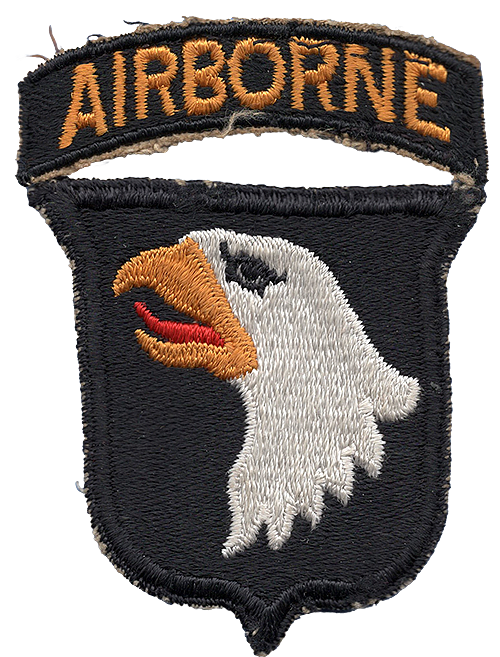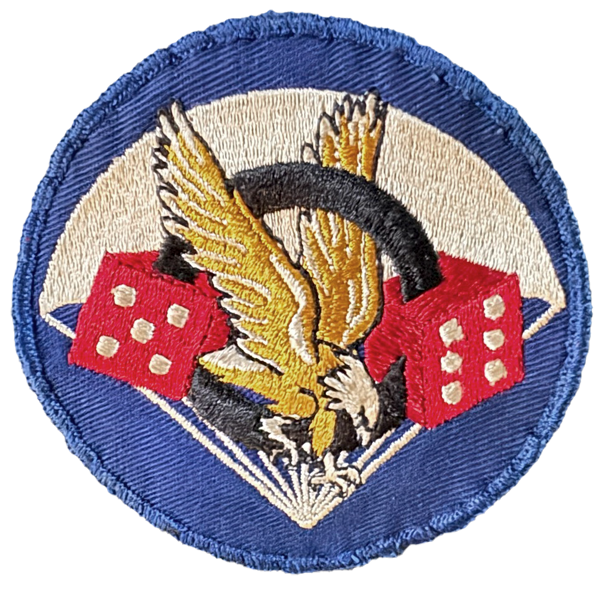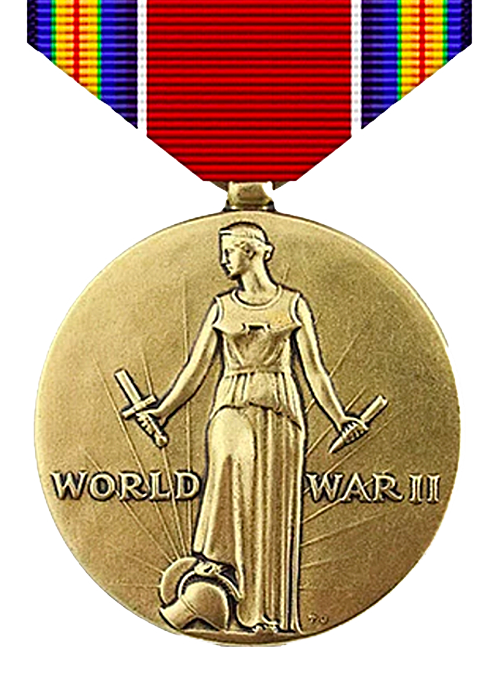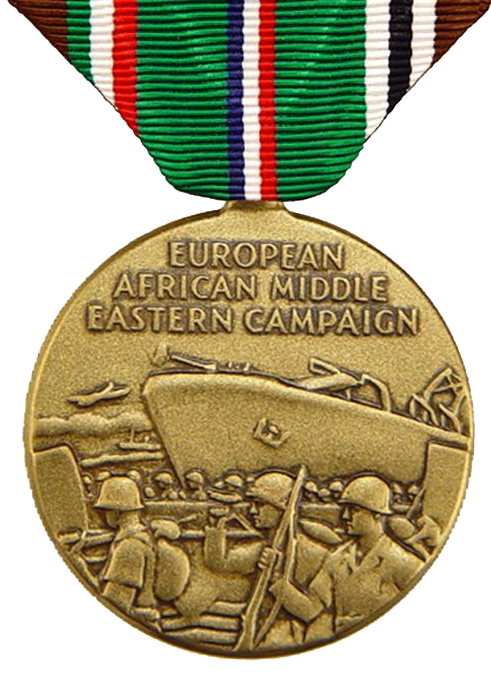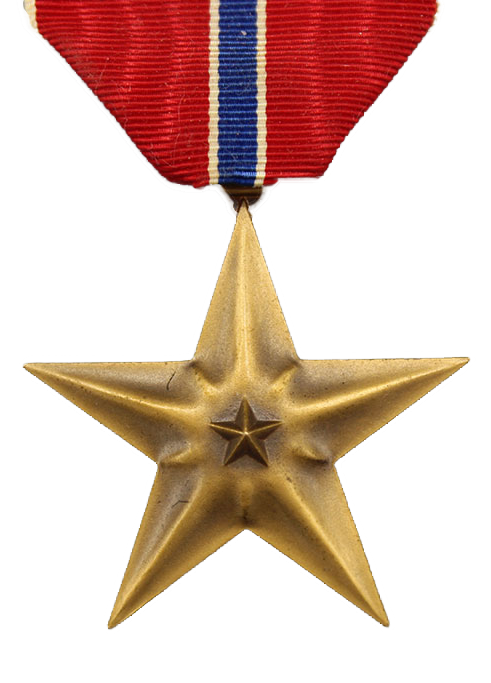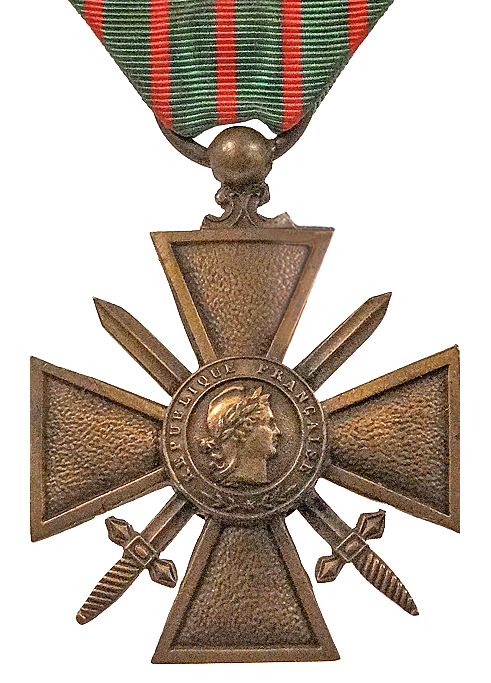Jack Agnew was part of the Filthy Thirteen a name given to an elite unit within the ranks of the Headquarters Company, 506th Parachute Infantry Regiment, 101st Airborne Division, of the United States Army, which fought in the European campaign in WW II. This unit was selected and trained for the purpose of demolishing enemy targets behind the lines.
On 6th June 1944, Jack Agnew and “The Filthy Thirteen” prepared to drop over Normandy, France in advance of the D-Day Landings. Their mission was to destroy a bridge over the Douve River. McNeice had psyched the unit up. The part Choctaw Indian had shaved the men’s hair into distinctive Mohawk styles and daubed their faces with Native American style warpaint. The group was airdropped for the mission by aircraft of the 440th Troop Carrier Group of the U.S. Army Air Force.
Out of 20 men in the unit who made the jump on D-Day, only 4 survived beyond the first day. Most men died in the first 2 hours. Jack Agnew, Jake McNeice, Jack Womer, and Robert Cone made it through the battle although McNeice only learned of Cone’s survival when reunited by a journalist in June 2002. Cone had gone missing in the landing and did not contact his comrades for over 60 years. The Filthy Thirteen also participated in the capture of Carentan.
During Operation Market Garden, the Demolition Platoon was assigned to defend the three bridges over the Dommel River in Eindhoven, the Netherlands. German bombing of the city killed or wounded half the demolitions men in the platoon, and McNiece was promoted to platoon sergeant of what was left. Jack Womer took his place as section sergeant. For the rest of the campaign, the demolitions men secured the regimental command post or protected wire-laying details. On one occasion, the survivors of the Demolitions Platoon were assigned as a rifle squad to an understrength company.
On December 23, 1944, Jack was amongst the two sticks of Pathfinders who parachuted into the besieged town of Bastogne to coordinate the aerial re-supply of the 101st Airborne Division and can often be seen in the famous photo of the event on top of a pile of bricks operating a radio system signaling aircraft flying overhead.
In Memory of Brincely Stroup, 506th, Regimental Headquarters
From Jack: "At the time, we were the Dirty Dozen, not the Filthy Thirteen. We didn't know about the Filthy Thirteen until Normandy. We were the 506 at Regimental Headquarters. We were the 1st Batallion. There were three Divisions at Regimental Headquarters: Intelligence, Communication, and Demolition. We were demolition. We ran all the battle courses. Our platoon taught the others how to fight forest fires.
Brince was good with explosives. He was a Corporal who worked in the mines of West Virginia as a kid. I was sent to England to train with the Pathfinders. We trained at Hardwick Hall in Chesterfield, England. In the meanwhile, our stick was training in England. They were asked to do a night demo jump for Eisenhower and Churchill in Ramsburg. There were serious injuries. Brince broke his leg in two places. Mike Marquez was also injured and so was Jim Ives, who was paralized from the jump for life.
When I got home I asked, "Where's Stroup?". I was told he was in the Oxford Hospital. I asked where he was. They couldn't find him. He was AOL, had snuck out of the hospital to meet a young lady. Later, the guys who were hurt watched us flying over them from the hospital when we were on our way to Normandy."
After the war, Brince lived with Jack at his family home on Disston Street in Philadelphia until he married. "We were friends for years, we went fishing together often. You know, we never talked about it. Even after all those years, Yeah, we never talked about it."
Follow up from Barbara Agnew Maloney. "Uncle Brince" and his wife had two daughters. Jack had two daughters. The kids were around the same age. We used to go to the mountains each year. Dad and Brince liked to rent a boat and go fishing while the Moms and girls played on the beach, especially at Tobyhanna State Park in the Poconos. Brince had a beautiful voice and his daughter used to sing in the talent show in Atlantic City on Steel Peer. Dad never forgave Brince for smoking. He still says that Brince would still be alive if he didn't smoke.
Barbara Agnew Maloney
